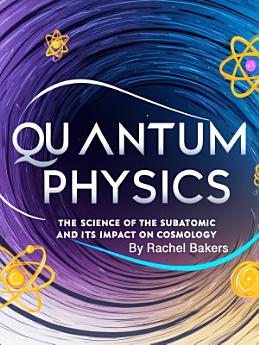Quantum Physics: The Science of the Subatomic and Its Impact on Cosmology
About this ebook
The first crack in the edifice of classical physics appeared in 1900 when Max Planck attempted to solve the blackbody radiation problem, a puzzle that had confounded physicists for years. Classical theory predicted that a perfect blackbody radiator should emit infinite energy at high frequencies, a clearly impossible result known as the ultraviolet catastrophe. Planck discovered that he could resolve this paradox only by making a radical assumption: energy could not be emitted continuously but only in discrete packets, or quanta, with energy proportional to frequency through a new fundamental constant that would later bear his name.
Planck initially viewed his quantum hypothesis as a mathematical trick rather than a fundamental feature of nature, but Albert Einstein recognized its deeper significance in 1905 when he used the concept of energy quanta to explain the photoelectric effect. Einstein's work demonstrated that light itself comes in discrete packets, later called photons, and that the energy of these photons depends only on their frequency, not their intensity. This insight earned Einstein the Nobel Prize and established that the wave-particle duality was not merely a mathematical convenience but a fundamental aspect of electromagnetic radiation.






